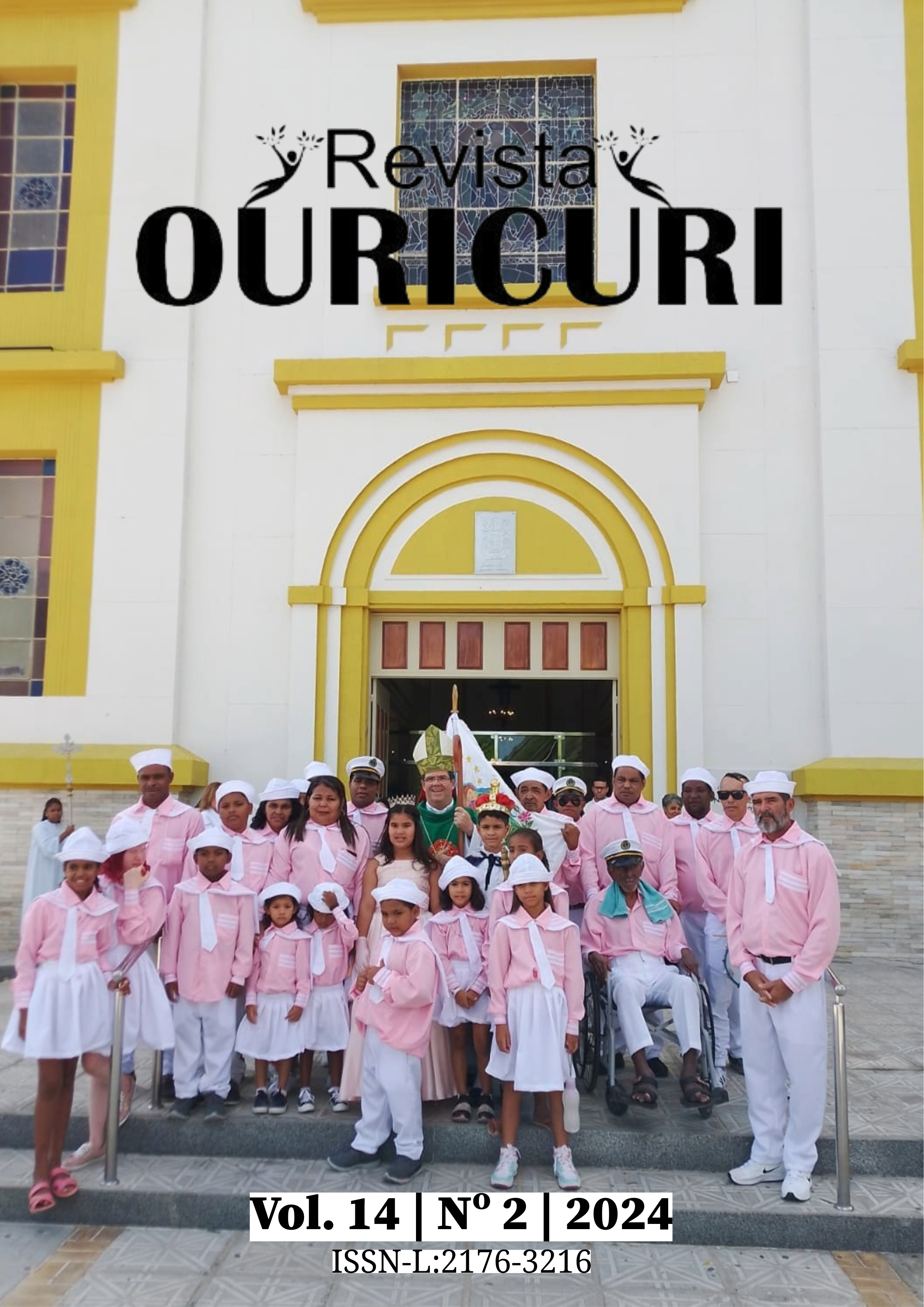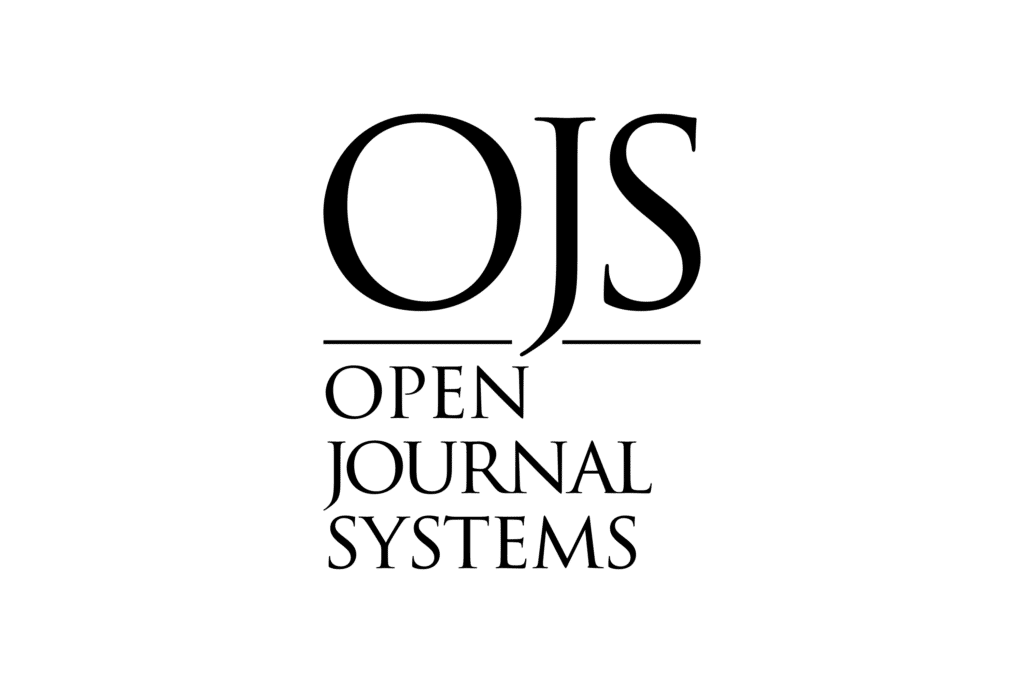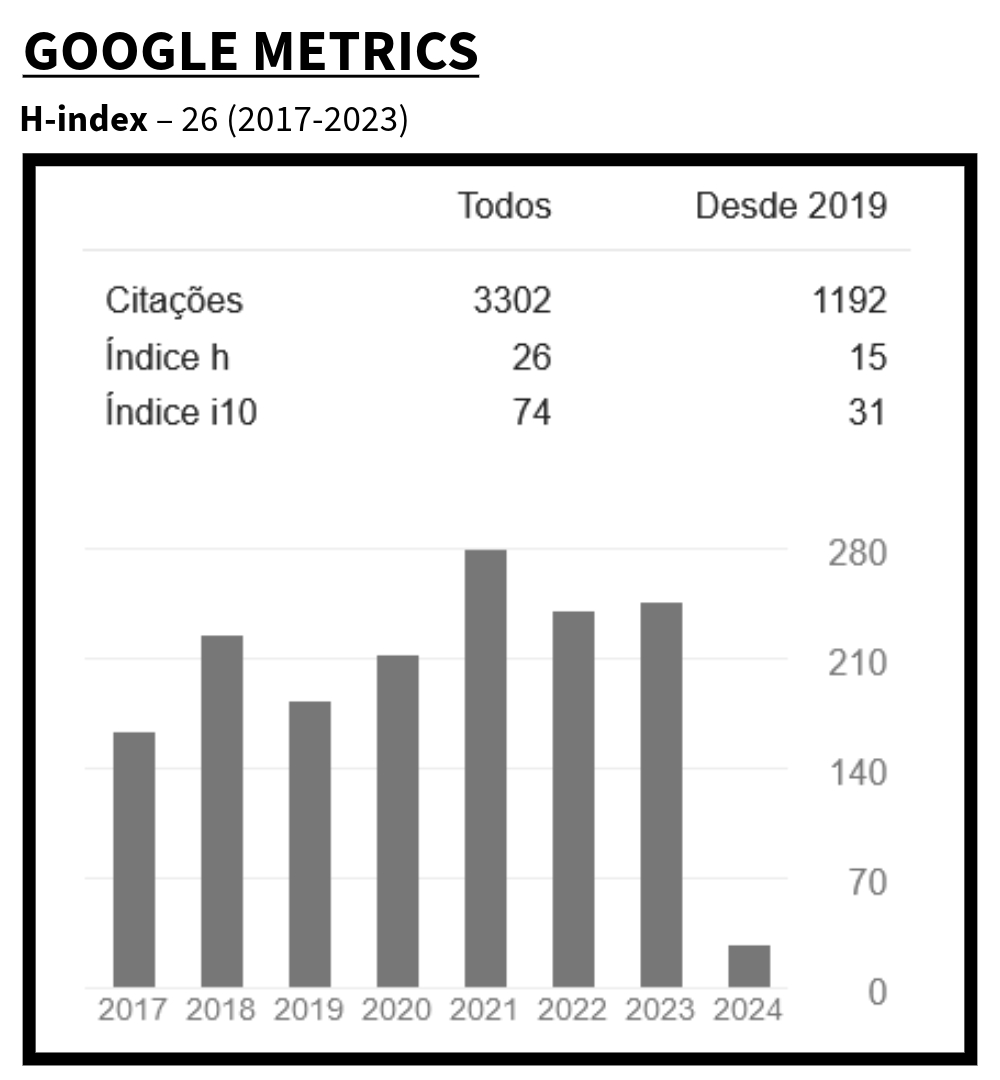Analysis of the sociodemographic and obstetric profile of mothers who died of fetal death in a high-risk maternity hospital
DOI:
https://doi.org/10.59360/ouricuri.vol14.i2.a20103Keywords:
Fetal death; Gestation; Intrauterine death; Fetal hypoxia; Fetal mortality.Abstract
Objective: to describe the sociodemographic and obstetric profile of mothers who had a fetal death in the months of September 2022 to September 2023, in a High Risk maternity hospital. Method: This is an epidemiological and retrospective study with a cross-sectional design, descriptive and with a quantitative approach, where sampling was based on medical records of mothers who had fetal deaths. Therefore, the study approach was based on convenience. For data analysis and processing, data were first entered into the Microsoft Excel for Windows-2010 program and then the Statistical Package for the Social Sciences (SPSS) software, version 20.0, was used. The research was submitted and approved by the Human Research Ethics Committee. 66 medical records were analyzed. Results: Regarding obstetric characteristics, 81.8% had already experienced other pregnancies, of which 74.3% had already experienced childbirth and 33.3% had miscarriages. 6.1% did not have any prenatal consultations and 43.9% had fewer than 6 consultations; 42.4% were between 37 and 41 gestational weeks at the time of death. Fetal hypoxia (22%) and hypertensive syndromes during or before pregnancy (19.6%) were the main causes of deaths analyzed. Conclusion: Thus, the need for integrated and personalized approaches to maternal health care is evident, emphasizing the importance of preventive and educational strategies that consider the diversity of socioeconomic, cultural and clinical factors involved in the scenario of fetal deaths.
Downloads
References
Barros, P. S.; Aquino, E. C.; Souza, M. R. Mortalidade fetal e os desafios para a atenção à saúde da mulher no Brasil. Revista de Saúde Pública, 53(12), 1-10, 2019. Doi: https://doi.org/10.11606/S1518-8787.2019053000714
Brasil. Ministério da Saúde. Gabinete do Ministério. Portaria nº 72, de 11 de janeiro de 2010. Brasília, 2010.
Brasil. Ministério da Saúde. Manual de Instruções para o Preenchimento da Declaração de Óbito. Brasília, 2011.
Brasil. Ministério da Saúde. Secretaria de Atenção à Saúde. Atenção ao pré-natal de baixo risco. Brasília: Editora do Ministério da Saúde. 2013.
Brito, M. A. M. M.; Macêdo, M. B.; Brito, J. M. M.; Lima, L. H. O.; Pires, C. F.; Macêdo, P. S.; Campelo, V. Perfil obstétrico dos óbitos perinatais em uma capital do Nordeste Brasileiro. Revista Brasileira de Saúde Materno Infantil, 19(1), 259-267, 2019. Doi: https://doi.org/10.1590/1806-93042019000100013
Copaja-Corzo, C.; Gomez-Colque, S.; Vilchez-Cornejo, J.; Hueda-Zavaleta, M.; Taype-Rondan, A. Morte fetal e sua associação com indicadores de desigualdade social: análise de 20 anos em Tacna, Peru. PLoS UM, 18(10), e0292183, 2023. Doi: https://doi.org/10.1371/journal.pone.0292183
Giraldi, L. M.; Corrêa, T. R. K.; Schuelter-Trevisol, F.; Gonçalvez, C. O. Óbito fetal: fatores obstétricos, placentários e necroscópicos fetais. J. Bras. Patol. Med. Lab, 55(1), 5-98, 2019. Doi: https://doi.org/10.5935/1676-2444.20190007
Hu, Y.; Wu, Q.; Liu, J.; Hong, D.; Zou, Y.; Lu, J.; Wang, Y.; Chen, D.; Qi, L. Liang, Z. Risk factors and incidence of third trimester stillbirths in China. Sci Rep, 11(1), 12701, 2021. Doi: https://doi.org/10.1038/s41598-021-92106-1
Lawn, J. E.; Blencowe, H.; Waiswa, P.; Amouzou, A.; Mathers, C.; Hogan, D.; Flenady, V.; Froen, J. F.; Quresh, Z. U.; Calderwood, C.; Shiekh, S. Jassir, F. B.; You, D.; McClure, E. M.; Mathai, M.; Cousens, S.; Lancet Ending Preventable Stillbirths Series study group; Lancet Stillbirth Epidemiology investigator group. Stillbirths: rates, risk factors, and acceleration towards 2030. The Lancet, 387(10018), 587-603, 2016. Doi: https://doi.org/10.1016/S0140-6736(15)00837-5
Li, Z.; Kong, Y.; Chen, S.; Subramanian, M.; Lu, C.; Kim, R.; Wehrmeister, F. C.; Song, Y.; Subramanian, S. V. Independent and cumulative effects of risk factors associated with stillbirths in 50 low- and middle-income countries: A multi-country cross-sectional study. EClinical Medicine – The Lancet, 54, 101706, 2022. Doi: https://doi.org/10.1016/j.eclinm.2022.101706
Maia, L. T.; Souza, W. V.; Mendes, A. Determinantes individuais e contextuais associados à mortalidade infantil nas capitais brasileiras: uma abordagem multinível. Cadernos De Saúde Pública, 36(2), e00057519, 2020. Doi: https://doi.org/10.1590/0102-311X00057519
Maleki, Z.; Ghaem, H.; Seif, M.; Foruhari, S. Incidence and maternal-fetal risk factors of stillbirth. A population-based historical cohort and a nested casecontrol study. Ann Ig, v. 33, n. 3, p. 231-241, 2021. doi: 10.7416/ai.2021.2430. Doi: https://doi.org/10.7416/ai.2021.2430
Menezzi, A. M. E. D.; Figueiredo, I. D.; Lima, E. W. B.; Almeida, J. C.; Marques, F. K.S.; Oliveira, C. F.; Barreto, N. A. P. Vigilância do óbito fetal: estudo das principais causas. O mundo da saúde, 2(40), 208-212, 2016. Disponível em: http://www.saocamilosp.br/pdf/mundo_saude/155574/A07.pdf
Pacheco, V. C.; Silva, J. C.; Mariussi, A. P.; Lima, M. R.; Silva, T. R. As influências da raça/cor nos desfechos obstétricos e neonatais desfavoráveis. Saúde Em Debate, v. 42, n. 116, p. 125–137, 2018. Doi: https://doi.org/10.1590/0103-1104201811610
Patel, O.; Pradhan, P.; Das, P.; Mishra, S. K. Placental Pathology and Maternal Risk Factors for Stillbirth: A Case-Control Study. Cureus, 15(5), e39339, 2023. Doi: https://doi.org/10.7759/cureus.39339
Prezotto, K. H.; Major, C. B.; Moreira, R. C.; Oliveira, R. R.; Melo, E. C.; Silva, F. R. T.; Abreu, I. S.; Fernandes, C. A. M. Mortalidade neonatal precoce e tardia: causas evitáveis e tendências nas regiões brasileiras. Acta Paul Enferm, 36, eAPE02322, 2023. Doi: https://doi.org/10.37689/acta-ape/2023AO02322
Salerno, C.; Melis, B.; Donno, V.; Guariglia, G.; Menichini, D.; Perrone, E.; Facchinetti, F.; Monari, F. Risk factors for stillbirth at term: an Italian area-based, prospective cohort study. AJOG Glob Rep, 18(4), 100269, 2023. Doi: https://doi.org/10.1016/j.xagr.2023.100269
Serra, S. C.; Carvalho, C. A.; Batista, R. F. L.; Thomaz, E. B. A. F.; Viola, P. C. A. F.; Silva, A. A. M.; Simões, V. M. F. Fatores associados à mortalidade perinatal em uma capital do Nordeste brasileiro. Ciência e Saúde Coletiva, 27(4), 1513-24, 2022. Doi: https://doi.org/10.1590/1413-81232022274.07882021
Silva, L. S.; Silva, P. S. R.; Santos, M. C. A.; Silva, A. A.; Oliveira, L. S.; Silva, M. B. P.; Varão, A. C. A.; Paiva, M. S. B.; Rodrigues, R. L.; Cardoso, L. S. P. Perfil sociodemográfico e obstétrico dos óbitos fetais de gestantes residentes em um município do estado do Maranhão. REAS/EJCH, 3(45), e3113, 2020. Doi: https://doi.org/10.25248/reas.e3113.2020
Sun, S.; Mattar, R.; Carvalho, N.; Braga Neto, A. R. Óbito Fetal. Femina, 47(6), 49-322, 2019. Disponível em: https://docs.bvsalud.org/biblioref/2020/11/1129010/femina-2019-347-349.pdf
Tesfay, N.; Legesse, F.; Kebede, M.; Woldeyohannes, F. Determinants of stillbirth among reviewed perinatal deaths in Ethiopia. Front Pediatr, 28(10), 1030981, 2022. Doi: https://doi.org/10.3389/fped.2022.1030981
Tesfay, N.; Tariku, R.; Zenebe, A.; Hailu, G.; Taddese, M.; Woldeyohannes, F. Timing of perinatal death; causes, circumstances, and regional variations among reviewed deaths in Ethiopia. PLoS One, v. 9, n. 5, e0285465, 2023. Doi: https://doi.org/10.1371/journal.pone.0285465
World Heralth Organization. The WHO application of ICD-10 to deaths during the perinatal period: ICD-PM. Geneva: WHO, 2016.
Published
How to Cite
Issue
Section
License
Copyright (c) 2024 Patrícia Regina de Lima Castro, Thais Conceição da Silva Marques, Ingrid Bonfim Silva, Luana Moura Campos, Gilvânia Patrícia do Nascimento Paixão

This work is licensed under a Creative Commons Attribution-NonCommercial 4.0 International License.
Authors who publish in this journal agree to the following terms:
a) Authors maintain copyright and grant the magazine the right of first publication, with the work simultaneously licensed under the Creative Commons Attribution License which allows sharing of the work with recognition of authorship and initial publication in this magazine.
b) Authors are authorized to enter into additional contracts separately, for non-exclusive distribution of the version of the work published in this journal (e.g., publishing in an institutional repository or as a book chapter), with recognition of authorship and initial publication in this journal.
c) Authors are allowed and encouraged to publish and distribute their work online (e.g. in institutional repositories or on their personal page) as this can increase the impact and citation of the published work (See The Effect of Open Access).













 B1 (2017-2020)
B1 (2017-2020)



















